
Practicing for roping, sorting, working cow horse, or any cattle class is challenging without, well, cattle. That was one reason Bill Riel and fiancée Emma Reichert decided to introduce cows to their small horse farm in Mechanicville, New York. Riel team roped, Reichert competed in breakaway roping, and their one boarder was learning to box and sort cattle. So expanding the hobby farm to include about a dozen head of cattle just seemed to make sense, and as a bonus provided the opportunity for additional income through beef sales.
Success with cattle, as with any livestock, starts with planning. That includes breed selection, fencing, and developing an understanding of the basic needs of the species. Here, you’ll find advice for choosing a breed suited for your goals, purchasing your animals, selecting fencing and housing, and providing care—all information that will help you in your plan to bring cattle to your horse barn.
What Type of Cattle?
There are more than 80 breeds of cattle readily available in the U.S., each developed for a different purpose. Most have their own registry and website, where you can research breed characteristics to see how they might fit your farm plans.
Ashley Wright of the Cochise County Cooperative Extension in Willcox, Arizona, says how you intend to use the cattle is the most important factor when deciding which breed to buy. The breeds most commonly used for beef, dairy, roping, or other cattle events differ significantly, she notes.
“If you’re looking to raise your own beef, you’ll want to consider breeds such as Angus, Hereford, Charolais, or Simmental,” she recommends. “Corriente cattle are the most popular breed for roping steers, while breeds such as Holstein, Jersey, Brown Swiss, or Guernsey are common dairy breeds.”
For working cow horse and cutting events, Brahma cross and Charolais are popular choices.
Denne historien er fra Spring 2020-utgaven av Horse and Rider.
Start din 7-dagers gratis prøveperiode på Magzter GOLD for å få tilgang til tusenvis av utvalgte premiumhistorier og 9000+ magasiner og aviser.
Allerede abonnent ? Logg på
Denne historien er fra Spring 2020-utgaven av Horse and Rider.
Start din 7-dagers gratis prøveperiode på Magzter GOLD for å få tilgang til tusenvis av utvalgte premiumhistorier og 9000+ magasiner og aviser.
Allerede abonnent? Logg på
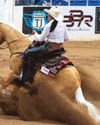
The Horse
LIFE TAKES US DOWN different paths, but I seem to be on just one, which is with the horse.
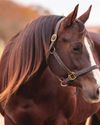
Decoding the Diseases Examined by AQHA's Six-Panel Test
The six-panel test is a diagnostic tool used to assess the genetic predispositions of horses. It's meant to discover if a horse has or is a carrier for certain hereditary diseases and traits.
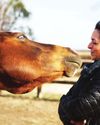
Love is Good
All horses are assured a hopeful, compassionate plan of care at This Old Horse, a program that helps not only horses but people, too.
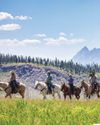
HORSE PACKING 101
Take your trail riding to the next level with nature-filled adventures in the back or front country.
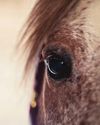
NEW HORSE; NEW PROBLEMS
Anew horse can bring excitement and energy to the barn, and even reinvigorate your passion. However, there are also a myriad of new problems that can come with a new horse, so learn how to introduce him properly to avoid these common issues.
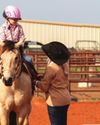
First-Timer Tips
Heading to a young rider's first event with their horse can be intimidating. Use these myths and truths to make it smoother sailing for yourself and your young rider.
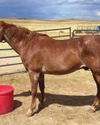
Re-Rescued: Aslan's Story
One special gelding learns about three different types of love during his rescue journey.
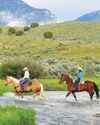
The Country's Hottest Horse Motels
Take your next trail-riding adventure to the next level by staying at one of these six horse motels across the United States.
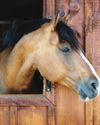
Outbreak! What We've Learned
Learn how disease outbreaks in recent years have changed the horse industry, and why it's so important to play your part when it comes to disease prevention efforts.
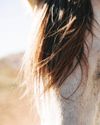
TRAINING THE SENSITIVE HORSE
Shift your mindset and grow your sensitive horse's pressure-handling skills to improve his confidence and your riding enjoyment.